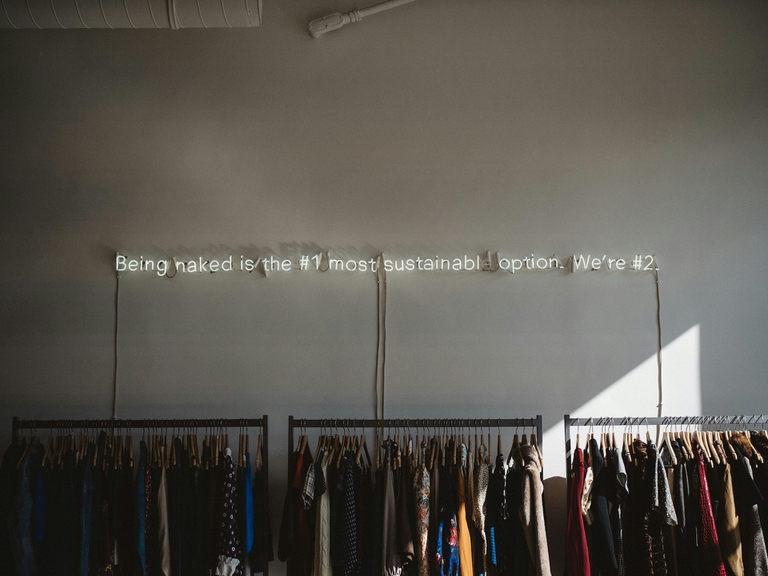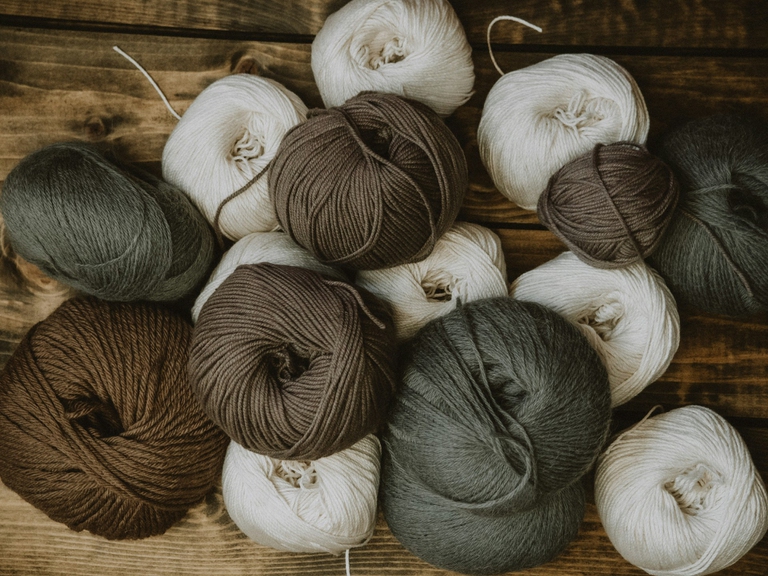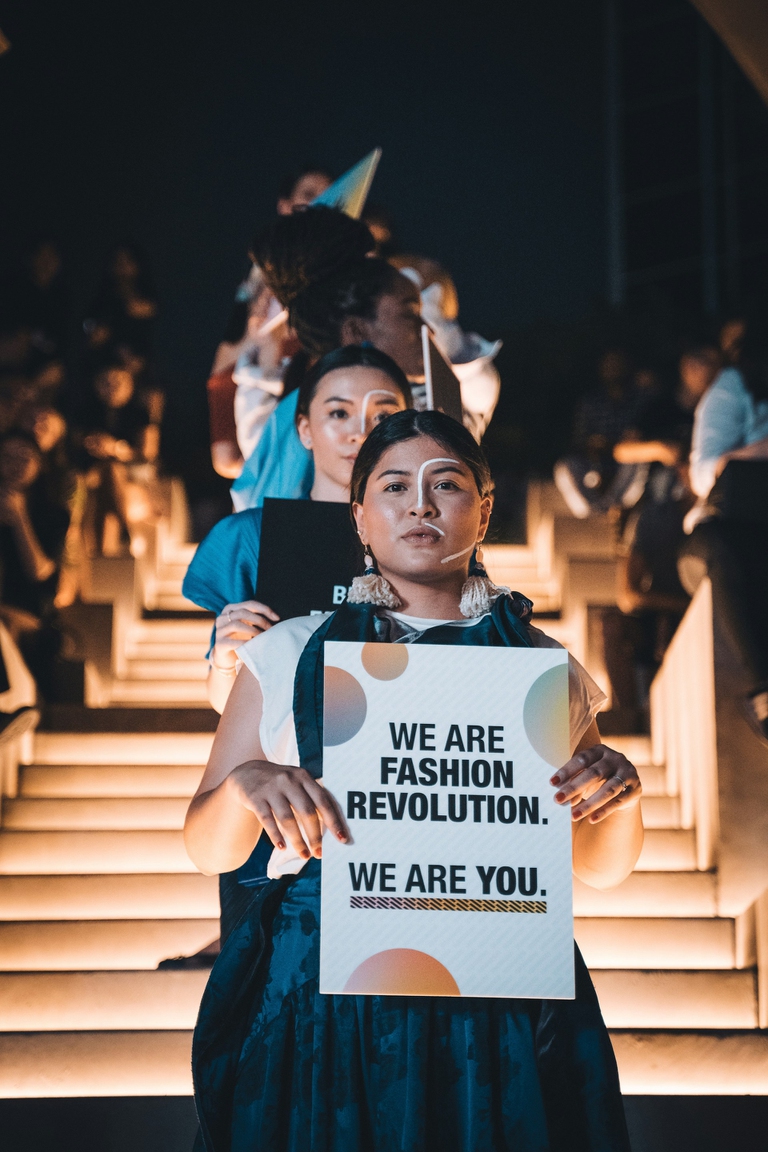https://www.lifegate.it/moda-sostenibile-costosta
- |
There sustainable fashion it is, generally, expensive, but there are good reasons why the price shown on the tag is often higher than we would expect and, above all, there are good reasons to invest in fewer pieces, but made responsibly.To ensure that a garment has minimal impact on theenvironment In fact, several factors come into play that influence the final price of the item:the duration or life cycle of a product is one of them for example.Sustainable fashion brands invest in the creation of clothes whose requirement is to last longer compared to the alternatives offered by fast fashion which, ultimately, encourages consumers to develop a lasting relationship with their clothes which, on balance, also translates into final savings for the buyer if spending is analyzed from a long-term perspective.However, durability is not the only factor that determines the pricing elevated, let's see the others.

Sustainable fashion is expensive due to an optical effect
If we still reasoned with the parameters of a few decades ago we wouldn't judge how over priced collections they use natural materials and made in an artisanal way simply because we would still be trained to recognize their value.What happened, with the advent of fast fashion now more than 20 years ago, is that we became unaccustomed to evaluate correctly the value of a garment.Two decades or more of T-shirts for five euros and jeans for just over twenty have simply distorted our perception.
Pricing and raw materials
The fabrics synthetics such as polyester made with materials a carbon base and colored with toxic chemicals pollute the air and rivers, but are extremely cheap.Natural fibers, including organic cotton, wool, silk, linen, cost more because their lifespan is longer. process to obtain them and because, for this process to have a low impact, as in the case of organic cotton for example, certain cultivation and production requirements must be respected which also involve slower production rates and smaller volumes.The same thing goes for bio-based fibres obtained from fruit waste or for vegetable dyes:the innovativeness of the processes often brings with it a certain type of timing and limited production which, inevitably, requires producers to maintain certain price standards so that it is sustainable for them to continue producing.

The quality of the raw material yes reflects directly on the quality of the product in terms of durability for example, but also of yield on the body:there are materials and materials and what we choose to keep in contact with our skin does not only have an impact on the environment or workers, but also on our health.There is another fact to consider:for a product to be truly environmentally friendly and recyclable it is important that it is made in the 100 percent from the same material and this clearly increases the price compared to compounds and garments made with a percentage of natural materials and with a percentage of polyester for example.
Treatment of workers e living wage
Another crucial factor in determining the price of a garment is the cost associated with it workforce that made it:ensuring that workers receive a living wage is another factor that distinguishes brands that produce ethically from those that do not and, obviously, it is also another drive important as far as the final cost to the consumer.Ethically produced fashion pays off not only a minimum salary, but a decent salary, which means that the people who make our clothes are able to afford a decent life in the country where they live, whether it is a country in the European Union or South East Asia.This concept, which takes the name of living wage and which differs from minimum wage precisely because it does not limit itself to recognizing the worker the minimum established by law, but the minimum to live in a way that does not harm his dignity and security, affects the price because this figure clearly changes depending on the country of production.In fact, to offer a fair income to vulnerable people, certain other parameters are also considered, such as access to healthcare, transport, housing and social protection systems, including dismissal and unemployment benefits.
It goes without saying that the living wage Italian is not the same as that of Sri Lanka or Vietnam:reading the origin of a garment on the label is an important indicator, although not necessarily reading that a garment made in a non-EU country indicates exploitation scenarios, just as a high price is no guarantee of the opposite.As we always repeat, the only way to be sure we are making an ethical choice with our purchases is to find out about the brand we are placing our trust in:its supply chain and its supply chain I am transparent?Do you have any certifications?These are the key questions to ask yourself before reaching for your wallet.

The production scale
Also there production scale represents another crucial aspect for the textile industry:while ethical and high-end brands are driven by seasonality and more regular production rhythms, fast fashion maintains its system on aeconomy of scale based on large sales volumes and consequently in a crazy production which allows you to earn on wholesale orders and on a system of chronic exploitation of workers.On the contrary, ethical fashion involves a smaller scale of production which, not being able to exploit economies of scale because it is based on small production batches, implies a higher retail cost for the final buyer.Produce using a short supply chain and favoring small producers is a more ethical and environmentally friendly way of carrying out one's business, but it clearly implies higher costs due to the agricultural contribution or the craftsmanship used.In addition to supporting the environment, ethical fashion also maintains a strong focus on maintenance of ancient crafts and on the valorization of manufacturing savoir-faire.Relying on small workshops or weaver cooperatives is a good way to create value for the territory and, so that the work of these people is adequately remunerated, since production is inevitably not industrial and is content, the final price increases.
Traceability, innovation, research and development
Other key terms when talking about sustainable fashion are innovation and traceability:an ethical supply chain is a supply chain traced in all its parts and appropriately reported, an operation which clearly implies the use of certain technologies, such as the block chain, which involve as many costs that are added to the final price that we read on the price tag.This level of accountability can be expensive, but it provides the transparency needed to meet fair trade and sustainability standards.Brands that use bio-based, recycled or regenerated materials, on the other hand, have the advantage of using a type of raw material that is often the result of long and complex research and development processes.These advances require huge investmentsi, sometimes integrated into the company process itself, sometimes the result of the work of external companies:in any case it is a further cost item that justifies the figure, perceived as premium, of sustainable fashion.
